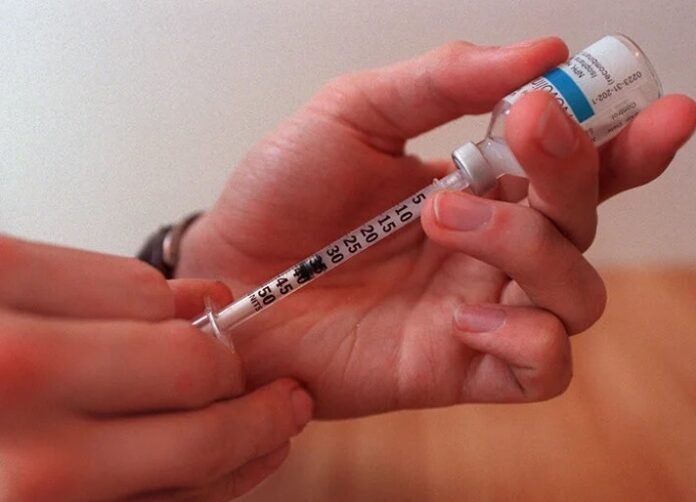Precision and accuracy are crucial in a constantly evolving healthcare environment, particularly when giving patients their drugs. A syringe is frequently used in medical settings. Therefore, proper administration can significantly impact patient outcomes and the quality of healthcare as a whole.
Syringes have long been a standard in healthcare because they enable doctors to administer medication precisely. But it’s impossible to dismiss the likelihood of syringe handling mistakes. Numerous factors, such as poor technique, inadequate training, and environmental circumstances, might contribute to these errors. Such mistakes may result in subpar therapeutic outcomes, unneeded problems, and poor patient recovery.
A New Era
A new era in precision syringe dispensing has begun with the introduction of a prefilled syringe training device. This ground-breaking technology gives healthcare personnel, whether seasoned pros or brand-new ones, thorough training in using prefilled syringes. When the machines are used to simulate real-world scenarios, they provide a gesture that enables users to apply various injections, ensuring efficiency and dependability continuously.
The main advantage of the prefilled syringe training device is its ability to mimic the tactile feedback and resistance experienced with the actual injection. This realistic template serves excellent value in building muscle memory and the smooth art of syringe delivery. Medical professionals can perform tasks such as inserting needles, measuring doses, and administering medications in a controlled setting, reducing the margin of error when performing these critical procedures on actual patients.
Better Care
Additionally, the prefilled syringe training device addresses another healthcare priority – time management. Traditional training methods require a significant time commitment, including theoretical explanation, demonstration, and supervised practice. In contrast, these new training devices optimize learning by allowing users to act in their workspace, eliminating the need for constant monitoring. This not only streamlines the training process but also ensures that physicians can devote more time to direct patient care.
Prefilled syringe training devices play an ever more crucial role as the value of patient-centered care becomes clearer. Precision syringe use directly contributes to meeting patients right to get the most remarkable caliber of care. Healthcare personnel can improve their abilities by utilizing this training tool, which will positively affect patient happiness and well-being.
Conclusion
Technology is used in healthcare to improve patient outcomes in a world that is transforming many industries. A fantastic instance of how innovation can address current challenges and enhance healthcare standards is using conventional prefilled syringe machines. Adding it to medical education may provide the skills and self-assurance sought by the next generation of healthcare professionals to overcome all the difficulties associated with syringe dispensing.
In a world where technology alters numerous industries, healthcare has adopted it to boost patient outcomes. Modern prefilled syringe machines demonstrate how innovation can elevate healthcare standards and address present issues. Integrating it into medical education could give the next generation of medical professionals the skills and confidence needed to successfully manage the hazards posed by syringe dispensing.
